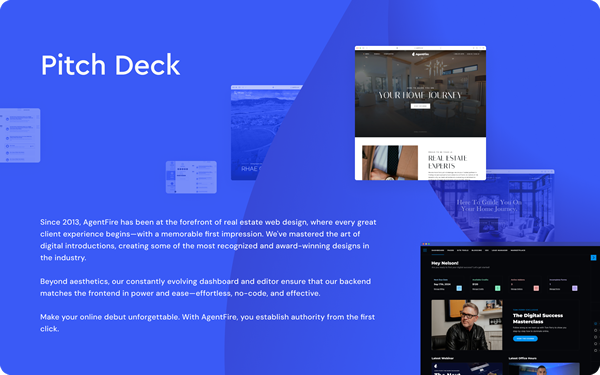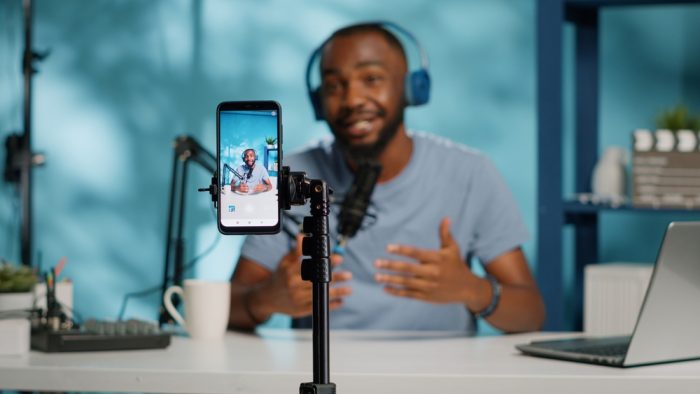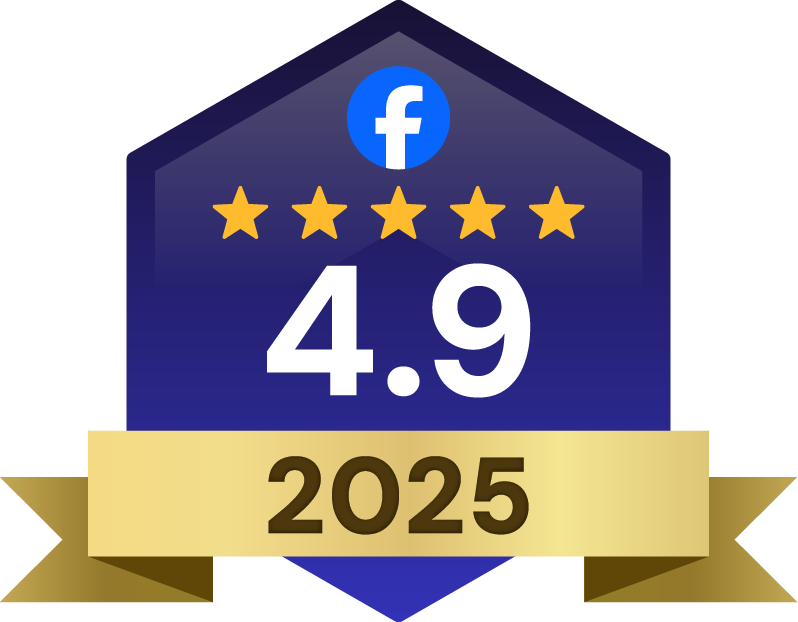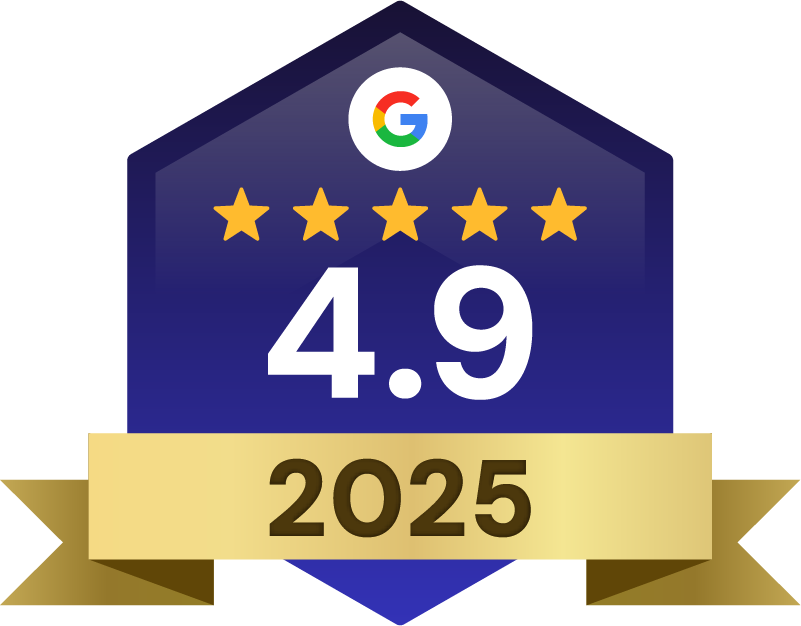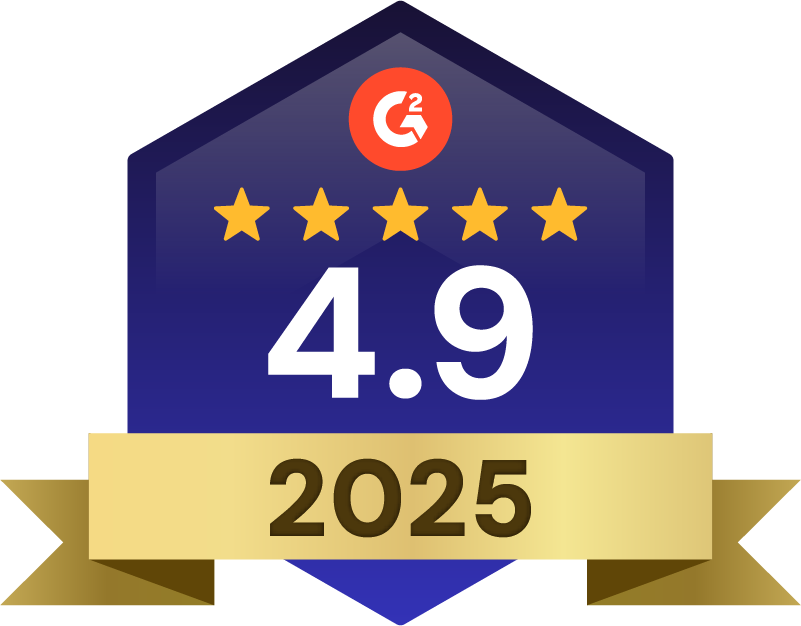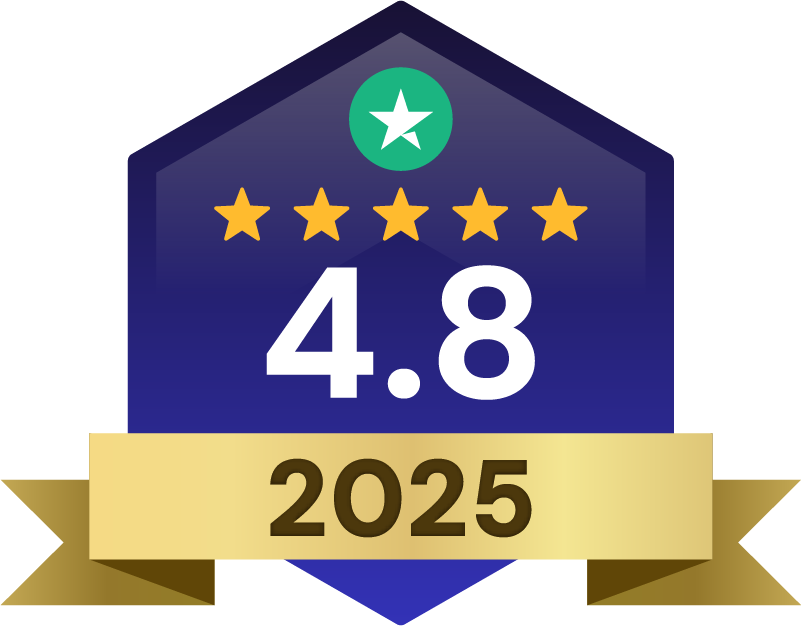Real estate video marketing attracts leads, showcases listings, and builds trust with buyers through engaging, high-converting video content.
Branding & Design Content Marketing Seller Tactics
Real estate video marketing has become a widely used method for showcasing properties, connecting with buyers, and creating consistent online visibility. As video content continues to grow across digital platforms, its role in real estate marketing has shifted from optional to expected.
Video content now plays a central role in how potential buyers discover, explore, and evaluate properties. It also allows real estate agents to present themselves as knowledgeable professionals with a local presence.
What Is Real Estate Video Marketing?
Real estate video marketing includes property walkthroughs, client testimonials, market updates, educational videos, and agent introductions.
Compared to traditional real estate marketing, which often uses static images and printed materials, video marketing adds movement, voice, and structure, helping viewers experience properties or messages more completely.
Primary benefits of video marketing in real estate:
- Better engagement: Videos hold attention longer than photos or text, especially on social media platforms
- Complete property showcase: Video allows for guided tours that highlight layout, lighting, and flow in ways photos cannot
- Personal connection: Viewers connect with voice, tone, and presence, helping build recognition and trust
- Higher conversion: Video marketing leads to more qualified leads and improves actions like clicking, calling, or scheduling showings
Why Real Estate Agents Use Video Marketing
The real estate market in 2025 is digital-first. Many buyers begin their home search online and prefer to experience properties through video before scheduling a showing.
Video allows buyers to gather more information in less time. It reflects how consumers use digital platforms to make decisions, often before ever speaking with an agent.
| Traditional Marketing | Video Marketing |
|---|---|
| Static property images | Dynamic property tours |
| Text descriptions | Visual storytelling |
| Limited reach | Wider audience through sharing |
| One-dimensional | Immersive experience |
Videos for real estate are especially effective in these situations:
- Luxury properties: In luxury real estate marketing, video provides a complete view of high-end features that photos can’t capture
- Competitive markets: Listings with video stand out when buyers are comparing multiple properties
- Remote buyers: Video tours help long-distance buyers explore homes from anywhere
- Building trust: Videos that include the agent speaking help convey personality and professionalism
Essential Gear for Real Estate Video Beginners
Creating a real home video doesn’t require expensive equipment. Many agents start with basic tools and still produce professional-looking content. The goal is clear, well-lit videos that present the property and the agent effectively.
Camera Options
- Smartphone (Budget): iPhone 13+ or Samsung Galaxy S22+ record in 4K with built-in stabilization
- Compact camera (Mid-range): Sony ZV-1 or Canon M50 Mark II offer better image quality and audio control
- Mirrorless camera (Professional): Sony A7 IV or Canon R6 provide higher quality and better low-light performance
Must-have Accessories
- Smartphone gimbal: DJI Osmo Mobile or similar ($100-150) reduces camera shake
- External microphone: Rode VideoMicro or Boya BY-MM1 ($30-80) improves voice clarity
- Tripod: Basic tripod for static shots ($30-50)
- Lighting: Ring light or LED panel ($50-100) for indoor lighting
Basic Editing Software
- Free options: iMovie (Mac), CapCut (mobile), or DaVinci Resolve (Windows/Mac)
- Mid-range: Adobe Premiere Elements ($100)
- Professional: Adobe Premiere Pro or Final Cut Pro ($20-50/month)
Creating Effective Real Estate Marketing Videos
Making real estate videos for marketing involves a simple process that anyone can follow to create c. Each step helps create clear, consistent, and effective videos.
Step 1: Plan Your Content
Before filming, decide what type of video you’re making and who it’s for. Common types of real estate marketing video content include:
- Property tours
- Neighborhood showcases
- Client testimonials
- Market updates
- Agent introductions
For example, a property tour focuses on showing the home’s features, while a neighborhood showcase highlights local amenities and lifestyle.
Step 2: Create a Simple Script
Write a short outline of what you’ll say and show. This keeps you on track and ensures you cover key points. Include a basic shot list to guide your filming.
For a property tour, plan to show each room with wide shots first, then highlight special features. For a neighborhood video, list local spots to film like parks, schools, and restaurants.
Step 3: Film with Consistent Branding
Include these branding elements in every video:
- Your logo (on screen or in intro/outro)
- Consistent colors (matching your brand)
- Professional appearance
- Standard intro and ending
- On-screen text with your name and contact info
Using the same format for each video helps viewers recognize your content instantly.
Step 4: Edit and Add Captions
Trim your footage, adjust sound levels, and add your branding elements. Always include captions since many people watch videos without sound, especially on social media.
Basic video editing tools allow you to cut out mistakes, add music, and insert text. Most editing programs make this simple with drag-and-drop features.
Step 5: Publish and Optimize
Upload your video to the right platform with a descriptive title, clear thumbnail, and relevant caption. Include a call-to-action like “Contact me for a showing” or “Visit my website.”
For YouTube marketing, use titles that include the property address or neighborhood name. For Instagram or Facebook, shorter videos with eye-catching first frames work best.
Advanced Video Marketing Strategies for Real Estate
Once you’re comfortable with basic videos, try these advanced techniques to stand out in your market.
Community Spotlight Videos
These videos are a form of hyperlocal real estate marketing that focus on the neighborhood rather than a specific listing. They help buyers understand the area before visiting.
For example, you could create weekly videos featuring local cafés and parks. Each video might take a few hours to make, but will help you connect with out-of-state buyers who wanted to learn about different neighborhoods.
Elements to include in community videos:
- Local businesses and restaurants
- Parks and recreation areas
- Schools and family amenities
- Community events and traditions
- Neighborhood character and atmosphere
Educational Content Series
Educational videos help buyers and sellers understand the real estate process. Topics might include financing options, inspection tips, or staging advice.
For example, you could create 10 short videos about home buying, each 2-3 minutes long. After publishing them on YouTube and your website, you might see visitors spending more time on your site and asking more informed questions.
Repurposing Video Content
Repurpose real estate videos by creating different versions for various platforms to get more value from each one. A 6-minute property tour can become:
- The full tour on YouTube
- A 60-second highlight reel for Instagram
- Several 15-second clips for TikTok or Stories
- Still images with captions for Facebook
This approach maximizes your time investment while reaching people on their preferred platforms.
Promoting Real Estate Videos Across Channels
Creating a video is just the first step. Promoting it helps ensure it reaches your target audience.
Each platform has different requirements for video marketing in real estate:
| Platform | Best Video Types | Optimal Length | Key Features |
|---|---|---|---|
| YouTube | Full tours, education | 3–10 minutes | SEO descriptions, end screens |
| Property highlights | 30–60 seconds | Reels, location tags, Stories | |
| Live open houses | 1–3 minutes | Groups, call-to-action buttons | |
| TikTok | Quick tips, property reveal | 15–60 seconds | Trending sounds, effects |
Cross-promotion strategies:
- Email: Include video thumbnails in listing emails and newsletters
- Website: Embed videos on property pages and blog posts
- MLS: Add video links in the virtual tour field when available
- Social media: Share the same video across multiple platforms with platform-specific captions
AgentFire websites make it easy to display and organize video content throughout your site. Videos can be added to listings, area pages, blogs, and landing pages, ensuring clear presentation across all devices. Ultimately, this makes it easy to present a professional real home video experience to site visitors.
Standing Out with Video Marketing in Real Estate
In a competitive market, consistent, high-quality video content helps distinguish you from other agents. Over time, this builds recognition and trust.
Strategies to elevate your video marketing:
- Create a YouTube channel: Build a subscriber base by posting regular content
- Develop a video series: Create recurring content like weekly market updates
- Collaborate locally: Partner with businesses for cross-promotion
- Use drone footage: Show properties and neighborhoods from above
- Create 3D tours: Offer interactive experiences for remote buyers
Measuring the Success of Real Estate Video Marketing
Tracking performance helps you understand what works and how to improve future videos. Different types of videos have different goals, so success looks different for each.
Key metrics to watch:
- View count: How many people watched your video (500-1,000 views is strong for a local property video)
- Watch time: How long viewers stayed engaged (longer is better, aim for at least 50% of total length)
- Engagement: Likes, comments, and shares (5% engagement rate is solid for real estate)
- Lead generation: Contact forms filled or calls received after viewing
- Conversion: Viewers who take action like scheduling a showing (track in your CRM)
Most platforms provide these metrics in their analytics sections. YouTube, Facebook, and Instagram all offer detailed information about who watched your videos and how they interacted with them.
FAQs About Real Estate Video Marketing
How much should I budget for real estate video marketing?
Entry-level videos can be made using a smartphone with basic accessories for under $200, while professional productions may range from $500 to $3,000 per video depending on equipment, editing, and location.
How long should real estate marketing videos be?
Social media videos typically range from 15 to 60 seconds, while YouTube property tours or educational videos may last 3 to 10 minutes, depending on the platform and content type.
What types of real estate videos generate the most leads?
Property tours and neighborhood guides typically generate the most leads because they offer visual context that helps buyers decide if they want to see a property in person.
How can I appear more natural on camera in my real estate videos?
Practice before recording, use a script as a guide rather than reading word-for-word, and focus on speaking as if you’re talking to a friend instead of a camera.
Do I need to hire a professional videographer for my real estate videos?
For standard listings and content, many agents create effective videos themselves with basic equipment. Consider hiring professionals for luxury properties or brand videos where higher production value matters more.

